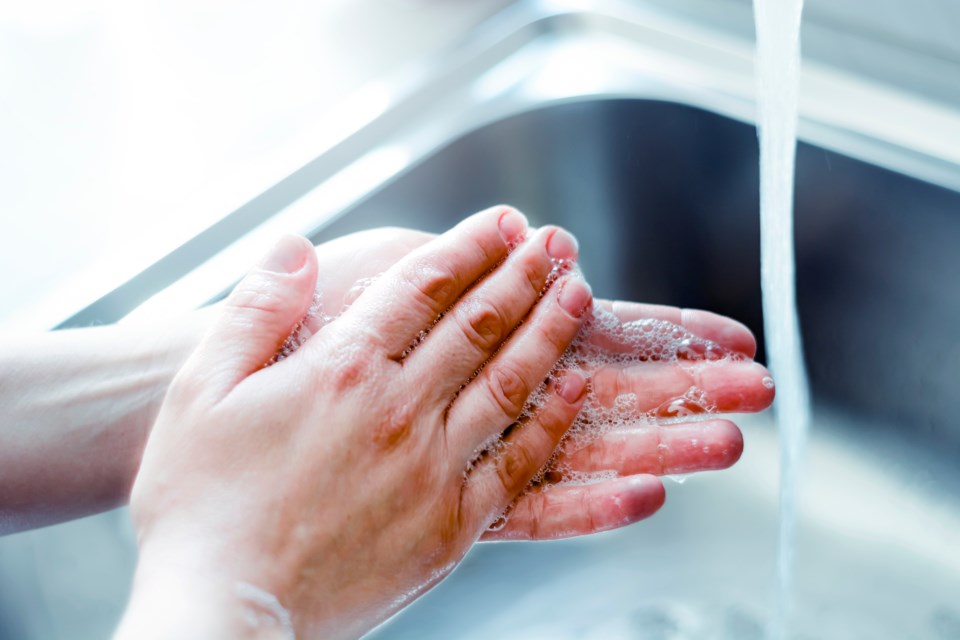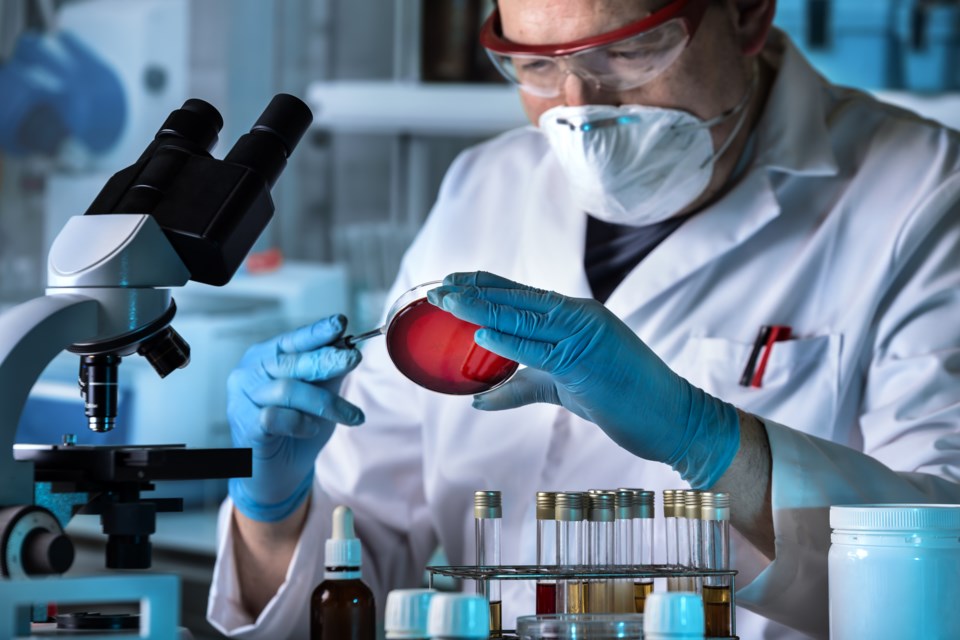As the world continues to evolve from the lingering effects of the COVID-19 pandemic, another looming health threat deserves attention: antimicrobial resistance (AMR).
Unlike a new disease, AMR refers to the evolution of microbes such as bacteria, viruses, fungi and parasites that develop resistance to the antimicrobial drugs used to treat them.
As these resistant microbes survive and multiply, they can render existing treatments ineffective, potentially leading to a return of untreatable infections.
In this article, we will provide an overview of what AMR is, how it poses a threat to global health, and what steps can be taken to protect ourselves and slow its spread.
What it is
Chances are, you've experienced a cut or illness that resulted in an infection at least once in your life. And like most Canadians, you probably sought medical attention and received a prescription to treat it.
But what if that medication no longer worked? While it may seem far-fetched, this is a very real possibility due to the growing threat of AMR. As we continue to use medications to combat microbes such as bacteria, viruses, parasites, and fungi, these microbes adapt and become less responsive to treatment. However, there are small steps we can take to help mitigate this looming problem.
How it spreads
When AMR arises, the situation can quickly escalate when the resistance spreads. Unfortunately, regular use of antimicrobials and antibiotics creates an environment that encourages the development of AMR.
Disease prevention is the best strategy to reduce AMR and help ensure antimicrobial medications remain effective. That also means using antibiotics responsibly, as prescribed, to slow the development of treatment-resistant bacteria and keep animals and people safer and healthier.

How to stop it
Reduce your risk of getting sick: Disease prevention is the best strategy to reduce AMR and help antimicrobial medications remain effective. Wash your hands frequently throughout the day and avoid touching your face with unwashed hands and keep up-to-date with your vaccinations.
Follow prescriptions exactly: Take medication precisely as prescribed by a medical professional, even if you begin to feel better. Stopping the medication early could leave bacteria in your system, and they may survive and pass on their resistance, leading to a re-infection.
Keep an eye on pets: AMR can develop in animals just as it does in humans. To ensure their safety, monitor them for injuries that may become infected, wash your hands before and after handling their food, and take them to a veterinarian regularly.
By taking small steps to prevent infections and using antibiotics responsibly, we can all play a part in reducing the threat of AMR and safeguarding the effectiveness of lifesaving medications for years to come.




